Imitation skills in toddlers are building blocks for future language use.
Do you have a toddler who is a late talker? Do you wonder how to build your child’s language skills?
Maybe you have a child who isn’t a late talker, but you’d like to see more vocabulary growth. How do you do that?
This post will focus on an important, fundamental skill for building language. If you skip this step, you may notice your toddler can become frustrated when you are attempting communication activities at home.
What is the skill? Imitation.
Building imitation builds language. Through imitation, children learn to:
follow directions
take turns
participate in longer play routines (supporting vocabulary development and speaking in longer phrases).
If your young child attends a speech therapy clinic, you may notice that imitation is built into many of your sessions. This “I do, you do” may start with social activities, play activities, structured speech therapy activities, or movement activities (or all of the above).
Imitation skills are building blocks for successful communication. When children have a strong foundation in imitation skills, you will see reduced frustration and increased communication.
Four Speech Language Pathologist Approved Tips for Building Imitation Skills
1. Trust
There is a reason trust is number one. You know your toddler needs a relationship built on trust to truly be at ease and learn. Trust comes first.
An expert in the field once shared this: you have to “woo” toddlers and preschoolers.
This means you need to play games they like and learn their interest areas. In addition, you need to let children choose communication activities before they will do anything for you. This trust relationship is essential for moving forward.
As the parent, you already have that trust. As speech language pathologists, we need to work on building that trust before expecting your young child to imitate.
2. Play
Play in young children is associated with building cognitive skills as well as speech and language skills. This is also an important part of speech therapy for children who do not yet imitate.
In speech therapy, we may work on playing with a variety of toys and maintaining attention to this task. We may also work on imitating sounds (like vroom) or movements with toys.
Play routines support cognitive skills, social skills, and language skills. Imitation and play are foundational skills for language development.
3. Movement
Movement is essential for learning and imitation!
Because we may be working on gross motor imitation or movement in speech for children who are not yet imitating, we want to teach children that we are focusing on movement and imitation in speech. We may imitate gross motor movements like jumping, clapping, and skipping. This builds a back-and-forth relationship and builds imitation skills.
Jump. Kick. Move. When we move (and take turns with movement), we learn and build language!
4. Following Directions
We learn to follow directions in speech. Following directions (in games like Simon Says) gives further practice to the “I do, you do” back and forth relationship of speech therapy and works on listening skills, which are helpful to moving on to imitation skills.
Imitate your child, and have your child imitate you. Through this, you are building the imitation skills that support language.
What is the most important consideration?
Have fun. Play. Seek speech therapy if you think your child may need some extra help building his or her language skills.
Considering Milestones
Finally, let’s do a quick list of language milestones for toddlers. These are especially relevant because they give information acquired skills for toddlers who are developing language. The skills mentioned below are milestones, or skills children typically achieve by the age mentioned.
At 12-26 months, children use one-word utterances and begin using two-word phrases, use intonation to ask yes and no questions, and use limited wh-questions (what, where)
At 27-30 months, children use phrases that are about 2 words long, and will use some grammatical concepts (in, on)
At 31-30 months, children use phrases that are about 3 words long, children begin using is/are, and use of wh questions (what, where) increases
At 35-40 months, children use phrases that are an average of 3-3.75 words long (which means some 3-word phrases and some 4-word phrases)
I hope this blog post has helped you visualize what speech therapy might look like for your child who may not yet imitate in speech therapy. Most of all, I hope this has given you information which will be helpful in building language skills for your toddler. If you are in the Rogue Valley area and are interested in speech therapy for your child – whether your child is imitating or not – please visit my contact page. I’d love to help!

